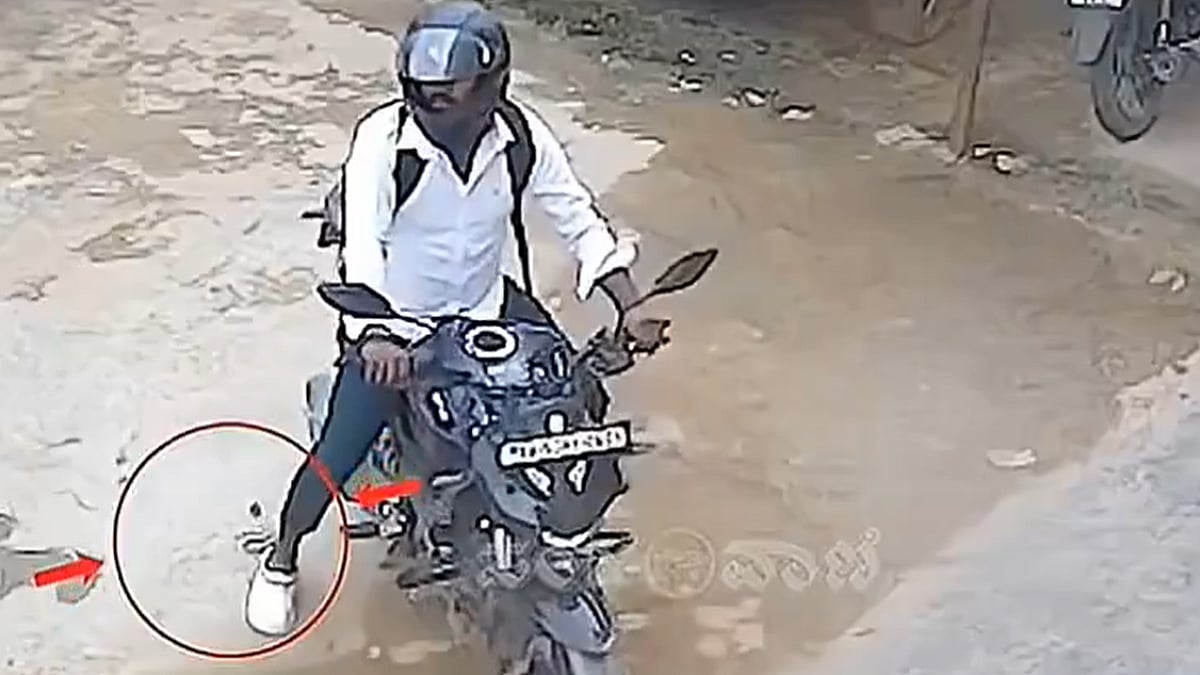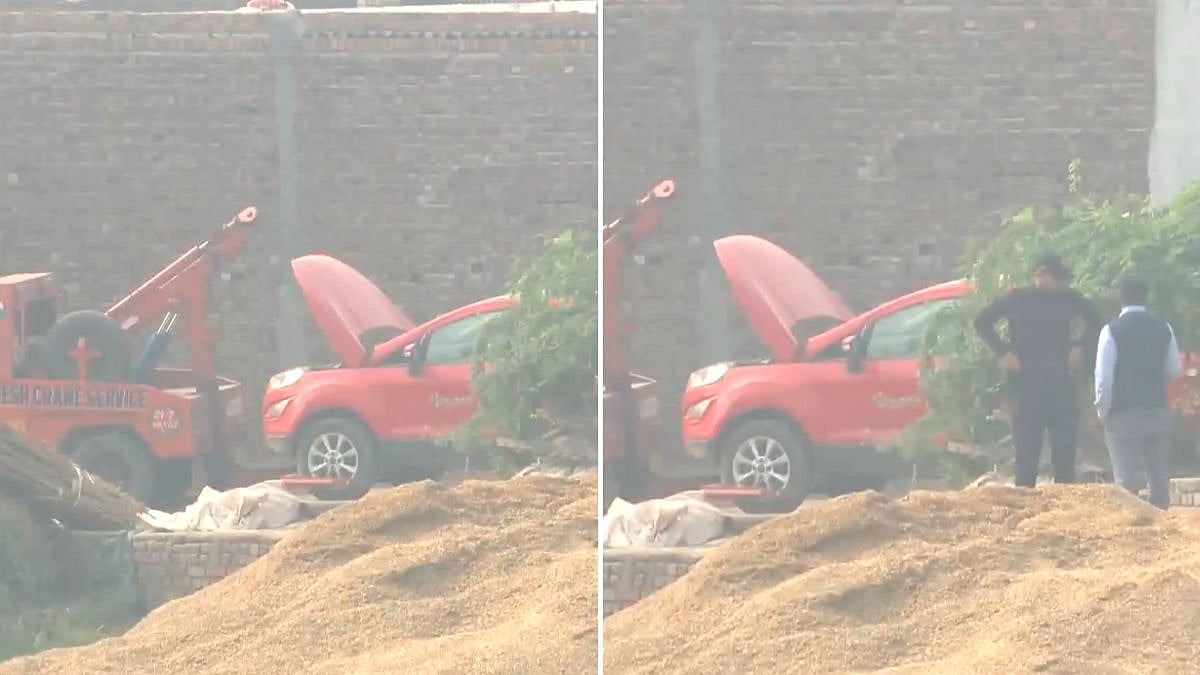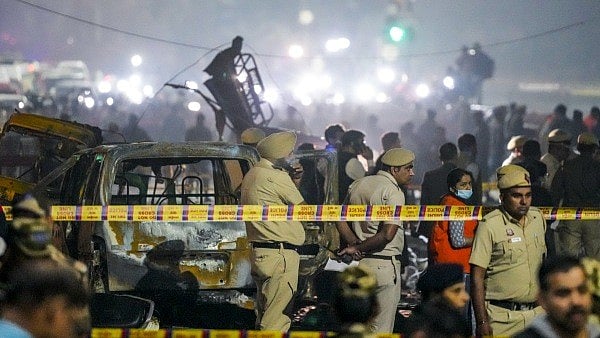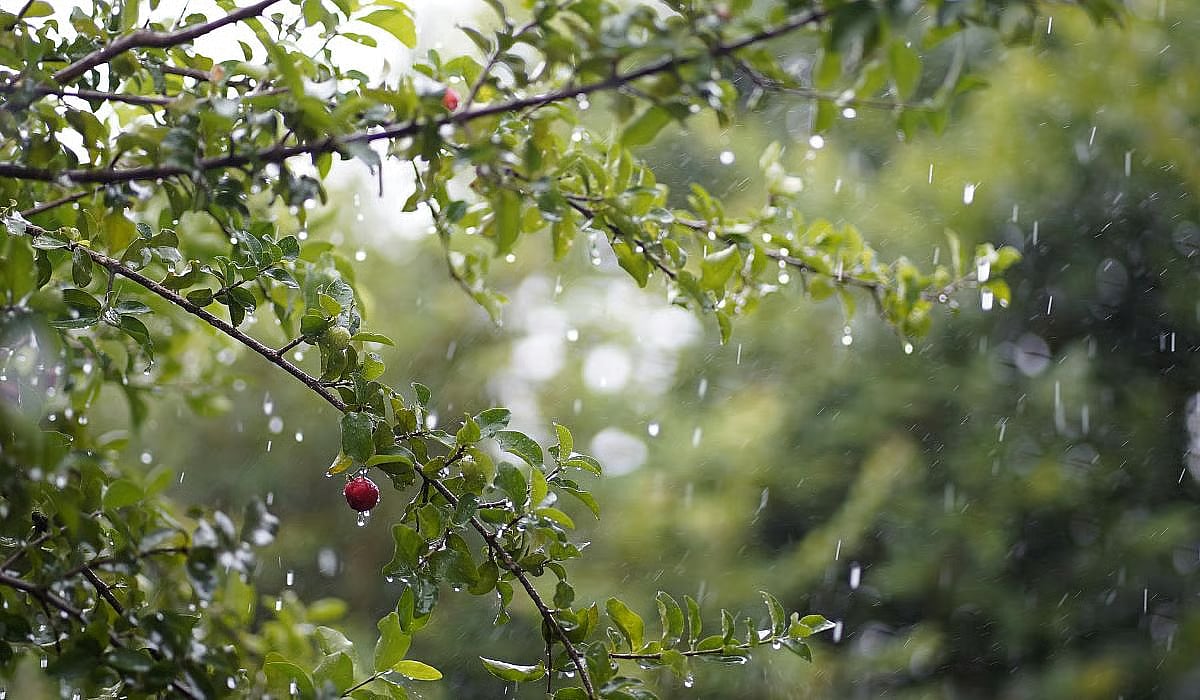Kendrapara (Odisha): Around 65 nesting sites of estuarine crocodiles have been spotted in Bhitarkanika National Park in Odisha’s Kendrapara district and the number is likely to increase as the counting process was still on, officials said.
Wildlife personnel in the park have spotted around 65 nesting sites of estuarine crocodiles, the number of which has gone up in comparison to last year when 56 crocodile nests were found.
The nests were sighted by wildlife enumerators of the Forest department along the innumerable nullahs, creeks and water-inlets in the Bhitarkanika river system, an ideal habitat of saltwater crocodiles, even as the annual breeding ritual of the reptiles has reached its peak.
“The figure of the number of nest may increase further as the counting process of estuarine nest was still on,” said Divisional Forest Officer, Rajnagar Mangrove (wildlife) Forest Division, Kedar Kumar Swain.
Female crocodiles lay 50 to 60 eggs and the hatchlings usually emerge from the nests after 70 to 80 days of incubation period, he said.
Forest department officials said due care has been taken this time by wildlife staff to save crocodile eggs from being devoured by predators like snakes, jackals and dogs, found in the reserve.
Adequate conservation measures by the state Forest department have led to a systematic rise in the number of these reptiles over the years, claimed officials.
The number of salt water crocodiles, the species which are not found in any other river system in Odisha, as per the latest census, in Bhitarkanika wildlife sanctuary stood at 1,644, Swain said.
The wildlife sanctuary has remained out of bounds for tourists and visitors to ensure disturbance-free annual nesting of crocodiles. The enforced restriction on entry to sanctuary was clamped on May 31 and it would be lifted on July 31, he said.
“The population increase of these species has been at a snail’s pace. Its growth is getting stabilised and is also getting stagnated,” DFO Swain said, adding nowhere in the country these species is spotted in such abundance.
Wildlife researchers studying salt water crocs are of the view that habitat of these species was getting squeezed in about 26 sq km of water bodies within the national park.
These reptiles prefer the ideal water bodies because of their salinity contents. The salinity level in some of the water bodies might be dropping proving less ideal for crocodiles.
It should be intensely studied to ascertain whether desalinised water has anything to do with re-productivity of these species, wildlife researchers said.








